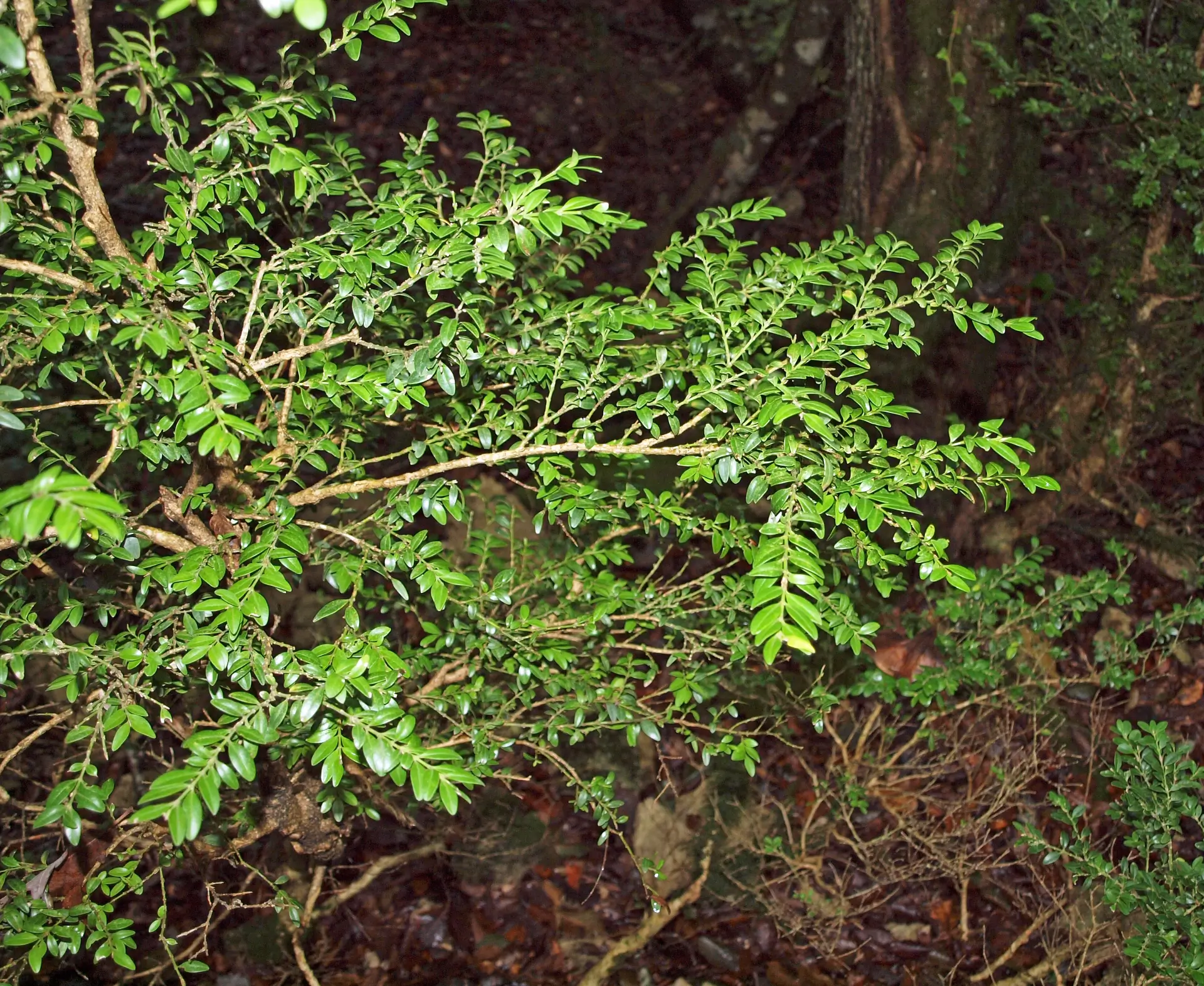Today is one of the biggest Christian holidays - Palm Sunday. It is a holy day full of bright hopes, which we celebrate by bringing home blessed boxwood branches. As you know, for Christians it is a symbol of Jesus Christ's entry into Jerusalem. Colchian boxwood is also called Caucasian palm, although it has nothing to do with palm. This nickname comes from Greece, where palm branches are blessed and this holiday is called Bayi Sunday (Greek: "βαΐον" - "palm branches").
Evergreen plant Colchian boxwood (Buxus Colchica) is one of the oldest "indigenous" plants (relic, endemic) of Transcaucasia, which flourished on earth 30-40 million years ago. There is a legend that the goddess Athena had a flute made of boxwood, which shows that the Colchian boxwood is indeed one of the oldest plants, as it is also mentioned in ancient Greek mythology.
The plant endured such natural cataclysms as the ice age (ended 15 thousand years ago), and survived on the Kolkheti plain, whose humid and at the same time warm weather proved to be comfortable and favorable for its existence. That's exactly why the buxus was named Kolkhi poplar - according to the area of survival.
In nature, buxus is found mainly in the form of shrubs. It develops quite slowly. Its life cycle is 500-600 years, during which it grows up to 15 m, and the trunk diameter reaches 50 cm. Due to the strength of the trunk, the boxwood was called "iron tree". Indeed, among the trees living in Europe, its trunk is the strongest. By the way, due to less active growth and development, larch is one of the most favorite plants of designers and gardeners, since it keeps the desired shape for a long time after cutting.
Today, the condition of the Kolkhi boxwood is very unfavorable, because due to a number of reasons, it is threatened with complete extinction. It has already been included in several countries, m. Sh. in the Red Book of Georgia.
Yes, huge groves of plants that survived the Ice Age were threatened with extinction within a few years.
The main causes are uncontrolled artisanal mining and natural invasive (introduced) pest - the "boxwood alura" insect.
Boxwood beetle invaded Georgia in 2012 and destroyed 95% of boxwood groves in about 3 years. Boxwood leaves and twigs are its main food. The fight against the boxwood Alura turned out to be very difficult. The use of chemical preparations and poisons is prohibited in nature reserves where the box grows. The situation is also complicated by the uneven terrain in the places where Buxus lives. In addition, in our latitude boxwood Alura has neither natural nor food enemies.
Saving the Kolkhi boxwood is important for nature. A special microclimate is created in its thickets, where various unique organisms live. Bza also performs water protection and embankment functions. Its disappearance will completely change the situation of the forest and its inhabitants.
In order to save the boxwood, the necessary measures are taken in the nature reserves, and in Georgia we also have volunteers who are trying to reproduce the boxwood with various permitted methods for further transfer to the nature.
One way to survive is to keep the plant happy in a cozy shady spot in your garden. Its proximity strengthens immunity, although it should be said that all parts of buxus contain toxins, so picking should be done with gloves. Boxwood blooms in May. Its flower is a rich honeydew, but the honey is inedible.
Kolkhur bza is protected by the legislation of Georgia. Its extraction in nature (in forests and nature reserves) is punishable by law. If our article has inspired you to contribute to the survival of the Colchian boxwood, it is better to buy it in places allowed by law and ensure proper care according to the recommendations of competent specialists.
In this way, the Colchian sycamore as a species will have a chance to continue its existence.
Let's save Colzul Bza together

